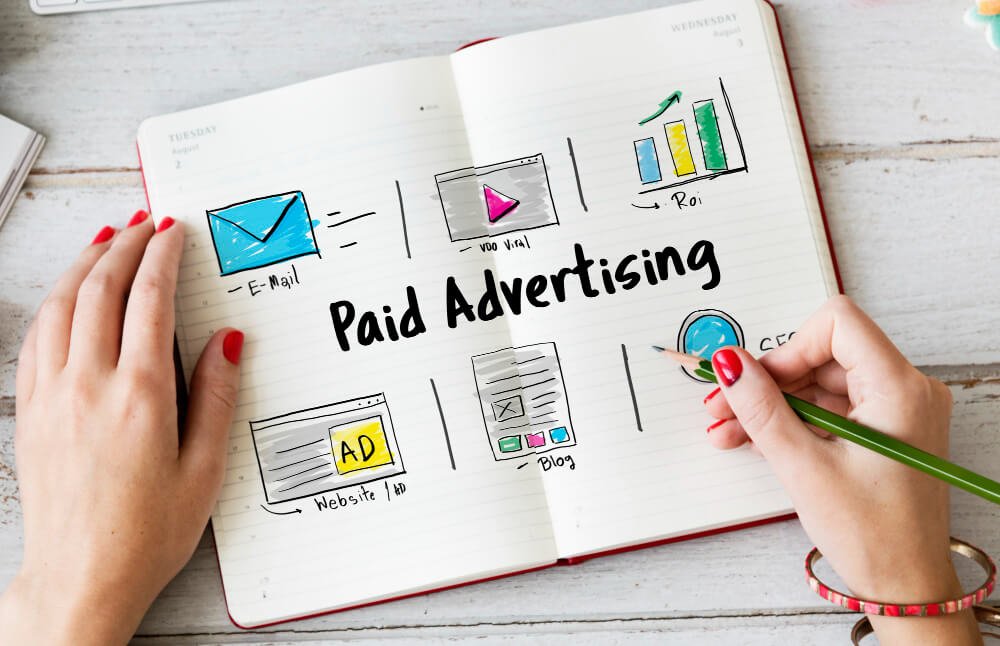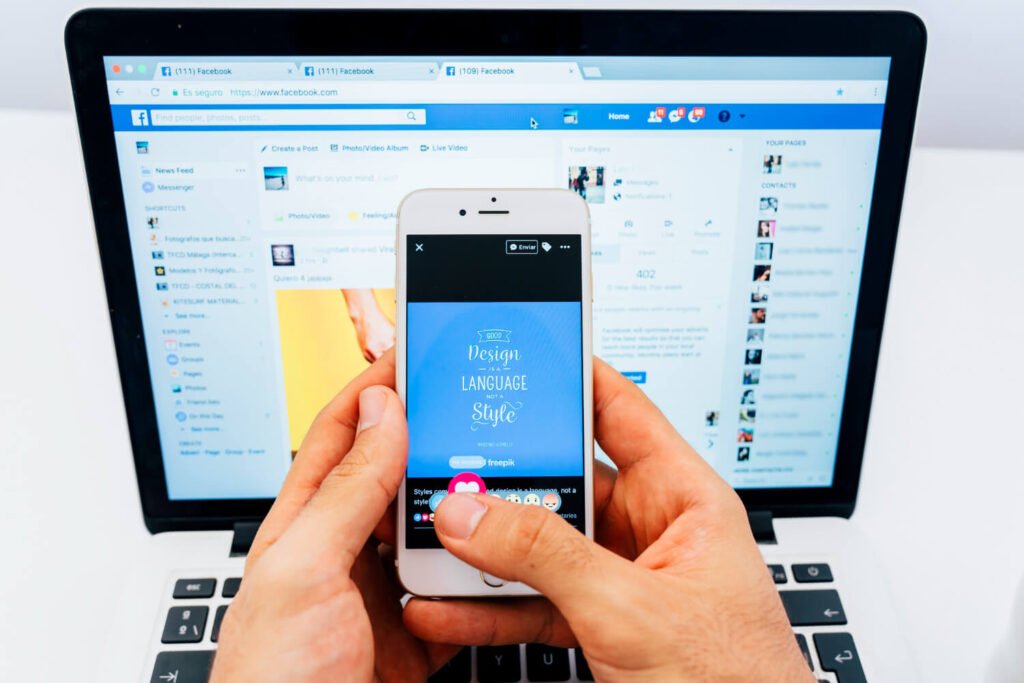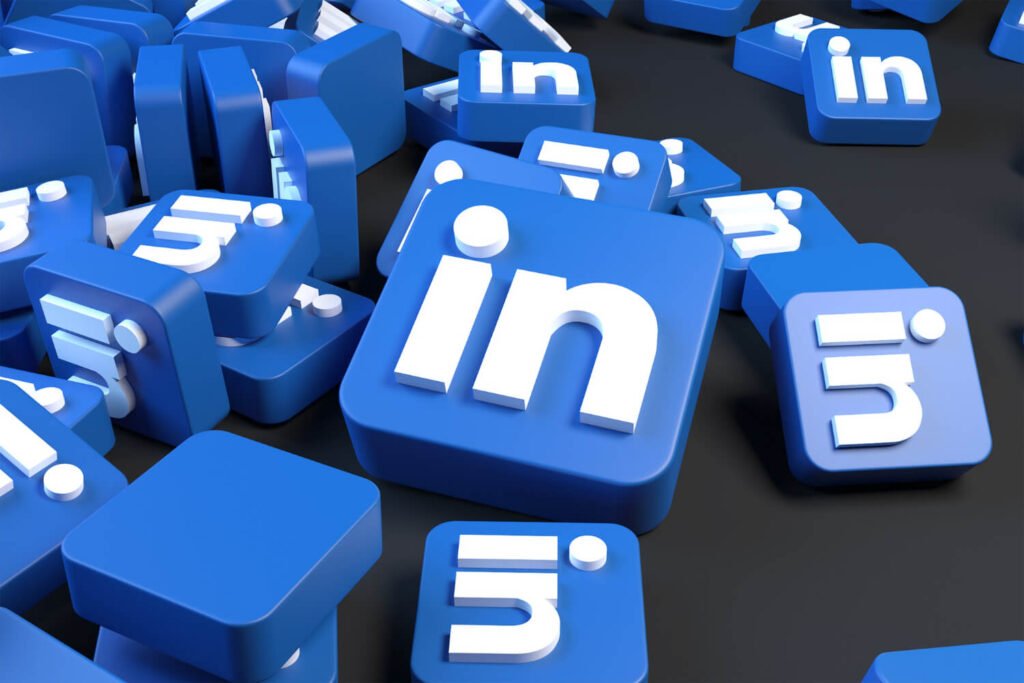What Are Ads Using Repetition?
Ads using repetition are marketing messages shown multiple times across platforms to increase brand awareness, build familiarity and trust, and improve consumer recall. According to the marketing rule of seven, consumers need to see a brand’s message at least seven times before they act, making repetition a fundamental strategy in advertising.
Interlink: Explore more creative tactics in Ads with Alliteration.
Why Ads Use Repetition
- Increased Brand Awareness and Recall—Repetition ensures your brand stays top of mind.
- Builds Familiarity and Trust – Seeing a message repeatedly breeds comfort and credibility.
- Reinforces Core Messages—Key ideas stick better with repeated exposure.
- Encourages Purchase decisions—familiar brands feel safer to buy from.
- Familiarity Breeds Preference—Repeated ads create positive associations.
Interlink: Learn how this aligns with Marketing Strategy.
How Repetition Works in Advertising
- Multiple Exposures—The same ad shown several times within a campaign.
- Across Various Platforms—TV, print ads, radio, and social media.
- Frequency Caps—Managing the number of times a user sees an ad to strike a balance.
- In-Hand Advertising—Coffee sleeves, pharmacy bags, or contextual physical ads.
- Effective Repetition – Repeating the same message while refreshing the visuals.
Interlink: Strengthen your posts with Social Media Content Strategy.
Benefits of Ads Using Repetition
- Brand Recognition: Consumers quickly recall repeated logos, slogans, and jingles.
- Consumer Recall: Improves message memorability when buying decisions happen.
- Emotional Connection: Repetition paired with emotion deepens impact.
- Increased Conversions: Consistency leads to more sales.
- Competitive Advantage: Keeps your brand visible in crowded markets.
Interlink: See real-world impact in Marketing Case Study Examples.
Risks of Ads Using Repetition
- Ad Fatigue: Too much repetition irritates consumers.
- Message Dilution: Overuse can weaken impact.
- Negative Association: Frustration may reduce trust.
- Budget Concerns: Repeating across platforms increases costs.
The key is balance—set an optimal ad frequency that maximizes recall without creating annoyance.
Interlink: See how repetition compares with Growth Hacking Techniques.
Examples of Ads Using Repetition
- Nike’s “Just Do It”—a slogan repeated across decades and platforms.
- Coca-Cola’s “Share a ”Coke”—Repeated personalization boosted global sales.
- McDonald’s Jingle “I’m Lovin’ ”It”—Heard worldwide across TV, print, and social media.
- Apple iPhone Launches—Repeated ads before every launch build anticipation.
Interlink: Discover interesting Pinterest Facts about consumer behavior.
Best Practices for Repetition in Ads
- Use Multiple Channels—TV, YouTube, billboards, and social media.
- Keep Messaging Consistent—Same tagline, visuals, or jingle.
- Refresh Creatives – Update visuals while keeping the same core message.
- Use Frequency Capping—Limit exposures per user to prevent frustration.
- Track KPIs—Monitor impressions, click-through rates, and conversions.
Interlink: Learn additional tactics in Social Media Marketing Hacks.
FAQs
Q1. How many times should you repeat an ad?
Studies suggest 3–7 exposures strike the right balance for effective recall.
Q2. Does repetition work better on social media or TV?
Both—TV builds mass reach, while social media offers targeting and frequency control.
Q3. What industries use repetition most?
Retail, FMCG, tech, and lifestyle brands often rely on repeated ads.
Q4. Can repetition harm a brand?
Yes, if overdone. Excessive repetition leads to irritation and negative associations.
Q5. Is repetition still relevant in 2025?
Absolutely. With short attention spans, repetition is vital for memorability.
Conclusion
Ads using repetition remain one of the most effective ways to increase brand awareness, build trust, and drive conversions. By repeating messages across platforms, balancing ad frequency, and refreshing creatives, brands can keep themselves top of mind without overwhelming consumers.
Interlink: For further insights, check out Ways to Promote Your Business on Social Media, Best Social Media for Business, and Learn Digital Marketing.






